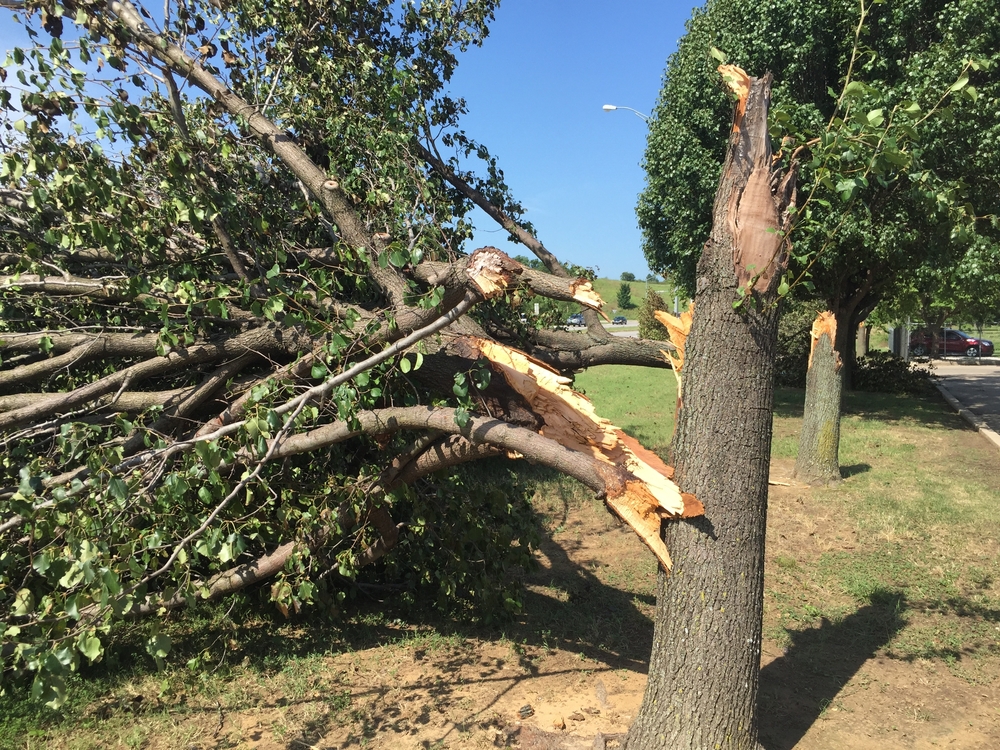
Many homeowners hire crews to come in and drastically cut back large trees on their properties on a regular basis. The practice of removing large branches from trees is referred to as topping, and it can also be called stubbing or heading. No matter what the name, this practice is unnecessary and can even cause additional risks and damage.
The USDA Forest Service provides information to property owners about the downfalls of tree topping. These include:
- Starving the tree – The tree’s crown manufactures food for the tree, and removing large portions of the crown can disrupt this process and result in tree starvation.
- Exposure – A large tree crown provides shade for the tree itself, as well as smaller trees, shrubs, and other plants in the area. Removing too much of the tree will expose the bark and other growth to the sun, which can cause scalding.
- Disease and insects – The cut ends of the tree branches make it more vulnerable to spreading tree disease and insect infestations.
- Weak new growth – The new branches that grow back will be significantly weaker than the tree’s original branches that were removed. Additionally, new growth can be rapid and cause more problems than the original growth would.
- Death – Some trees cannot tolerate severe topping, and it leads to the death of the tree, which means it will need to be fully removed.
Not only is topping costly and not pleasing to the eye, but it can also cause many problems. Regular pruning is often enough to maintain even large trees.
Speak with a Tree Damage Lawyer in Calabasas Today
If you have a neighbor who topped their trees and caused damage to your property, contact a Calabasa tree damage attorney at the Law Offices of Alan Carnegie, APC, for help. Call 877.261.4456 or contact us online to discuss a possible case.


